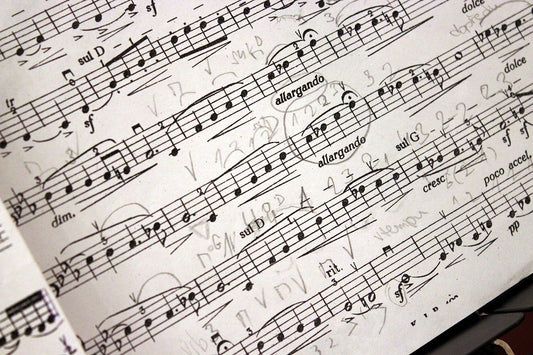Grating sounds
by Paul McGowan
We've touched on a rather benign form of distortion in our audio products, THD. Today, we'll take a look at a distortion product that really does matter, the intermodulation type.
Intermodulation distortion (IM) grates on us if it is loud enough. I wince when I hear too much of it.
IM can occur when two or more frequencies (notes) play at the same time. A third, unrelated, odd-order tone is produced. Our ears are sensitive to this added tone.
While not an entirely correct example, I can offer you a mental image that illustrates the point. Strike two adjacent keys on a piano and the resulting sound makes you grimace. Put a bit of space between keys and you get a more acceptable sound.
IM is different than THD. Both can produce extra tones. The added THD tones are related harmonics, so the ear tends to ignore them. IM's added tones are audibly unrelated - and the ear senses them as such. Red flags start to wave. (The newly generated IM tones are actually products of the sum and differences of two or more frequencies).
One last point about IM. It gets worse with music's complexity. The more instruments added to the mix the greater the level of IM distortion. We don't notice it as much with only a singer and solo instrument. But add a few more pieces to the mix and it begins to sound like alley cats serenading the full moon.
IM is one form of audible distortion designers would be advised to shy away from.
There's no good amount.
- Choosing a selection results in a full page refresh.
- Opens in a new window.








